So I think the answer you needed was "it cannot be done".
To clarify the repeated ask of converting a dashboard to HTML:
HTML is a markup language; it displays text in aesthetic ways, you can use CSS to improve the aesthetics.
The idea of interactivity like a dashboard where onClick() leads to changes in visuals because the csv file was re-queried or filtered or re-calculated is what a server-side brings to the HTML/CSS/JavaScript front-end.
You cannot have a fully encapsulated dashboard with interactivity in an HTML file alone. You must bring server-side logic to the table. This is why everyone is mentioning Heroku, AWS, etc.
Now if your dashboard is not interactive, and it's actually just a bunch of static visuals with some basic hover-over effects; then a standalone HTML file can read in SVGs that contain hover over text prepared. This is what plotly's write_html does (my understanding is plotly.offline.plot just uses this under the hood or something similar).
The gist that someone else noted, duplicated here:
https://gist.github.com/ybressler/e0d40e63a5f35cf2dda65378333c6436
Shows the limits of HTML only "dashboarding". You can show/hide and hover over points, but you can't incorporate sliders that change values without the server side or very bloated and complex show/hide logic hidden somewhere.

